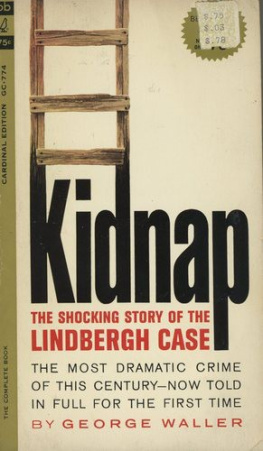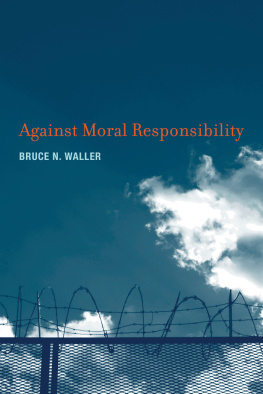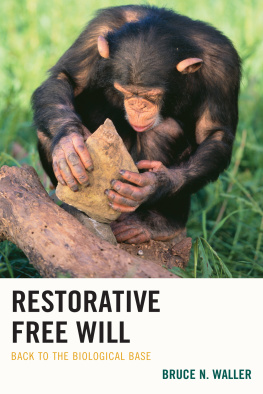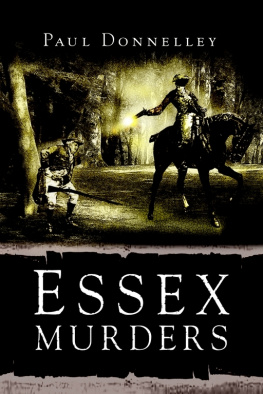Loughton. Essex.
Table of Contents
Foreword.Perhaps some apology is needed for reprinting this paper. It was read some ten years ago to the Club Literary Society, fully reported in the Loughton Gazette in March, 1903, and thereafter issued in pamphlet form, one hundred copies being struck off. But these copies have long been dispersed, like many of the people who then lived in the village, and it may be that a new generation will not be unwilling to devote a few moments to the story of the place in which their lot is, at any rate for the time being, cast. To those whose interest may be aroused I may indicate the existence of a fuller account, contained in a volume (of which only twelve copies exist,) to be found in the Guildhall Library, the British Museum, and a few other public libraries.
W. C. W.
Loughton before the Conquest .
Table of Contents
It is not always that the story of a parish reaches back to a period beyond Domesday Book, but that of Loughton begins for us in the reign of the Confessor. In the year 1062, four years before the coming of the Conqueror, King Edward, with the assent of his Witan, or wise men, confirmed to the Monastery at Waltham a great gift of lands which had been made to the Canons by their founder, Harold, the son of Godwin. The different estates are enumerated in the document, and the boundaries of several are givennot in Latin, the language of the rest of the document, but in Anglo-Saxon. Among them are threeLukinton, Tippedene, and lwartun, which are incontestably to be identified with the places we now know as Loughton, Debden, and Alderton. The boundaries of Lukinton, or Loughton, are unfortunately wanting. Not, of course, that it would be any longer possible to trace them; even in the case of Debden, where the natural features are mentioned, it is doubtful of what extent the manor was; in the case of Alderton none of the boundaries can be connected with any names occurring in documents of a later date.
Domesday Book .
Table of Contents
When we come to Domesday Book we find no less than eight separate entries, all of which apparently relate to Loughton. The Canons are found to hold Debden and Alderton, with two other manors merely described as Loughton. Peter de Valoines held two more, equally nameless, one being his demesne, and the other held by an under-tenant called Ralph; the latter was probably near Norths Farm on Buckhurst Hill; Robert Gernon held 44 acres, his under-tenant being W. Corbun; and the King held 20 acres, which were seemingly a sort of perquisite of the royal Reeve at Havering. There appear, therefore, to have been six manors and two extra-manorial holdings. What manor meant in that remote period is still a moot point, but it is certain that the word was often applied to much smaller areas than in later times. A very learned modern writer suggests that the manor implies a channel of payment, the owner being liable for the Danegeld due not only from himself, but also from his free tenants, whose tie to him was otherwise very slight. And, in passing, we may note that tenant, in the Domesday sense, is almost equivalent to our modern freeholder. No mention is made of a church in Loughton, but it is more than probable that one existed.
The 12th and 13th Centuries .
Table of Contents
More than a century must be passed over in order to reach our next fragments of documentary evidence. These are gathered from charters, or grants, made by Kings and Popes to the monks at Waltham, and are not sufficiently important for us to dwell upon now, except to say that, in 1182, a church at Loughton is mentioned.
The lapse of nearly another century brings us to a considerable amount of very curious and interesting information relating to the lands in the parish, contained in certain MSS. of great antiquity formerly belonging to the great Abbey at Waltham, and now, with so many other treasures, stored in the British Museum. The Canons at Waltham went on adding acre to acresometimes by purchase, sometimes by the gifts of the faithfuland the little charters, or deeds of grant, were copied into a book, and kept for reference. And so it comes about that, six hundred and fifty years afterwards, we can still put our fingers here and there on the parish map, and say that, here or there, was such or such a mans land. Some of you perhaps know a little meadow on the left as you go to the Tram Farm; it is still called Plum-tree Mead, and by a name but little different (Plumtre Croft) it has always been known; about 1250 it belonged to a man named Edward Reintot, who gave it to the Canons. In Englands-lane, again, there is a small freehold known as Marlcroft; this was held of Richard de Munfichet by John Pyrle, who paid a half-yearly rent, and three hens and a cock on St. Stephens Day, and when he went to make payment at his lords court at Woodford or elsewhere, he and his horse were duly fed by the lord. After the lapse of centuries Pyrles name has been revived, and stands on the Ordnance Map; it had survived, but in the corrupt form of Pole. Some may still be familiar with Poles-lane, as old folk call Rectory-lane, and a field at the corner of Rectory-lane called Poles.
But of all these early grants the most interesting is one relating to Monk Wood, the story of which we will trace back from the time when the Corporation of London acquired it, by purchase, from the lord of the manor, sometime in the seventies. Monk Wood you all know, and it may have occurred to some to wonder why it differs from the rest of the Forest round about it, from which it is not in any way separated. The fact is, that, although subject to rights of common of pasture, it was the lords wood; and from time to time be exercised his right of lopping in it. In a plan of the manor made one hundred and fifty years ago Great and Little Monk Wood are set out, with their bounds; and in a still earlier survey (1612) the rights over them of the lessees of the manor under the Crown are recognised. About thirty years before that date certain circumstances had led to the empanelling of a jury of the neighbourhood, which, as part of its verdict, found that Monk Woodi.e. the timber thereinhad been three times sold within the memory of man: one time by the Abbot of Stratford, and twice in Queen Elizabeths time. This intrusion of the Abbot of Stratford into what was pre-eminently the territory of his brother of Waltham, strikes one as a little singular, and it is here that our charters come in to help us to the explanation. We have already learned from Domesday that Peter de Valoines held two manors in Loughton, and, from a somewhat later authority, we find that among those holding of the Valoines barony in Essex were some subtenants called de Snaring (so called from Snoring in Norfolk), and from them a part of Loughton came to be called Loughton Snarryng. In this part was a certain wood of 56 acres, once the joint undivided property (in unequal shares) of Geoffrey Reyntot, Roger Fitz Ailmar, and Ralph de Assartis (a subtenant of de Snaring), who had given his three quarters to the Abbot and Monks of Stratford. The remaining fourth part, with their rights of cutting down and carrying away trees, and pannage, Geoffrey and Roger gave to the Abbot and monks of Waltham. To the 56 acres seventeen were afterwards added, and credited to the share of Waltham. Trouble arose, as might be anticipated, between the tenants in common, and sometime in June, 1240over six hundred years agothe Abbots met at Chelmsford, in the mother church there, and settled their differences. The document containing the agreement they came to, doubtless after long parleying, is illustrative of the elaborate methods of the time. It was agreed that when Stratford owner of three-fourths, wished to fell timber, he was to send for Walthams bailiff, and then choose four trees of equal value. Of these Stratford had first chore as to two, Waltham next choice, and the fourth tree remained to Stratford. Vice vers, if Waltham wanted to fell timber, he was to send for Stratfords bailiff. If either Abbot did not want to fell his timber at the moment he was to mark and leave it standing. The feed in the wood was to be divided into four pasts, of which Stratford was to have three. The last provision seems to indicate that the wood was then enclosed and not subject to common rights of pasture. In later times, however, this was overlooked, and it seems to have been held that Monk Wood was only reserved to the lord on the condition that his tenant farmers should be restrained from lopping at large in the Forest and so infringing the privileges of copyholders. Monk Wood was lopped for the last time somewhere about 1840. In 1767 the tenant of Alderton Hall had under his lease an assignment from it of 1000 faggots yearly to be made up as London ware, and 100 logs; in 1787 he had 500 faggots and 250 logs: all to be used on the premises. For this information I am indebted to a couple of old leases kindly lent me by Mr. G. S. Gould.










